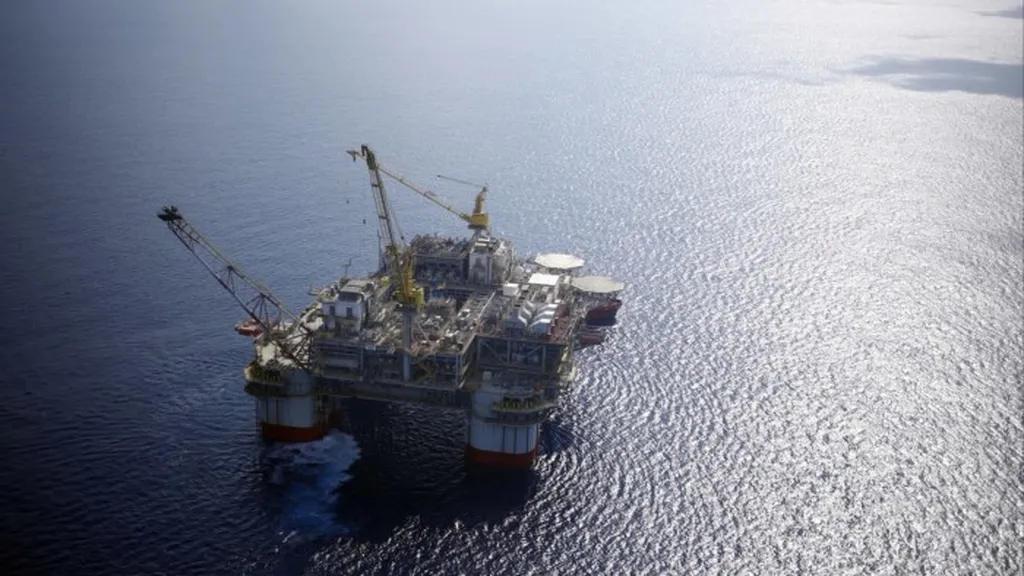In the vast and challenging realm of offshore construction, securing structures to the seabed is a critical, yet often overlooked, aspect of project success. A recent study published in the journal “Structural Mechanics of Engineering Constructions and Buildings” (translated from Russian) is shedding new light on an innovative solution that could revolutionize the way we approach marine construction. The research, led by Victor V. Mironov of the Industrial University of Tyumen, explores the use of vacuum anchors for fixing offshore facilities to soft soils, taking into account the influence of water seepage.
Mironov and his team have developed a mathematical model to determine the position of water seepage lines in permeable soil, using the electrohydrodynamic analogy method. This allows them to calculate water seepage into the anchor when subjected to a pull-out load, considering factors such as the depth of the water body, the thickness of the permeable soil layer, and the geometric parameters of the vacuum anchors.
The findings are promising. “Vacuum anchors used for soft bottom soils have a significant retaining capacity with relatively small dimensions,” Mironov explains. This is a significant advantage over traditional methods, which often require larger and more cumbersome solutions. Moreover, the research shows that the thickness of the permeable layer of the bottom soil, exceeding five embedment lengths of the vacuum anchor, practically does not affect the value of water seepage inside the vacuum anchor when subjected to a pull-out load.
The implications for the energy sector are substantial. Offshore wind farms, oil and gas platforms, and other marine structures require reliable fixation to the seabed. Traditional methods can be costly and time-consuming, but vacuum anchors offer a more efficient and cost-effective solution. As Mironov notes, “A reduction in costs is predicted when introducing vacuum anchors into the practice of marine construction.”
The research also highlights the importance of considering infiltration processes when designing and implementing vacuum anchors. By understanding and accounting for water seepage, engineers can ensure the long-term reliability and stability of offshore structures.
This study is a significant step forward in the field of marine construction. As the energy sector continues to expand into offshore environments, the need for innovative and efficient solutions will only grow. Vacuum anchors, with their significant retaining capacity and relatively small dimensions, could play a crucial role in meeting this demand.
The research published in the journal “Structural Mechanics of Engineering Constructions and Buildings” (translated from Russian) is a testament to the power of scientific inquiry and innovation. As we look to the future, it is clear that vacuum anchors have the potential to shape the way we approach offshore construction, offering a more efficient, cost-effective, and reliable solution for fixing structures to the seabed.

